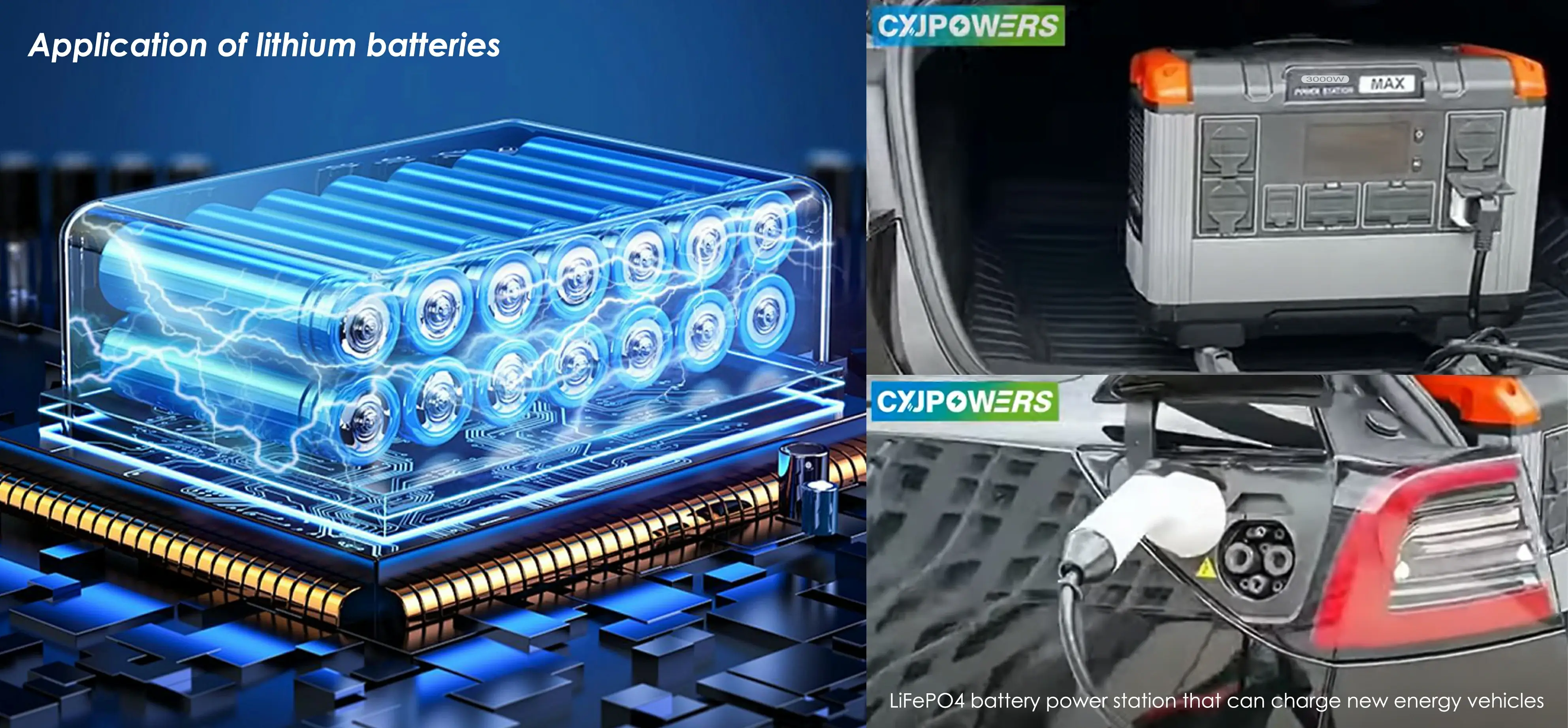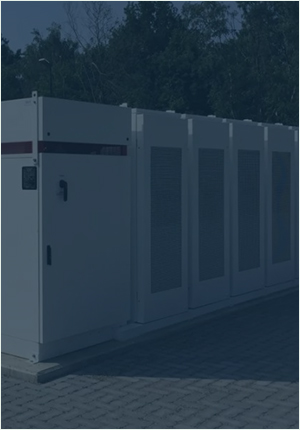What Are LiFePO4 batteries (LFP) & NiCoMn Batteries (NCM)?
Phosphate Lithium (LFP) and Nickel Cobalt Manganese (NCM) batteries are two prominent types of lithium-ion batteries, each with distinct characteristics and applications. Understanding their differences is crucial for consumers and industries alike, especially as the demand for electric vehicles (EVs) and renewable energy storage solutions grows.

What Is The Difference Between LiFePO4 & NiCoMn Batteries?
- Chemical Composition
LFP batteries utilize lithium iron phosphate (LiFePO4) as the cathode material, while NCM batteries combine nickel, cobalt, and manganese in varying proportions. This fundamental difference influences their performance, energy density, and safety profiles.
- Energy Density
One of the most significant differences between LFP and NCM batteries is their energy density. NCM batteries typically have a higher energy density, ranging from 200 to 250 Wh/kg, compared to LFP's approximately 140 Wh/kg. This means that NCM batteries can store more energy in the same volume or weight, making them more suitable for applications where space and weight are critical, such as in electric vehicles.
- Safety and Thermal Stability
LFP batteries are renowned for their excellent thermal stability and safety. They can withstand higher temperatures without degrading and are less prone to thermal runaway, a critical safety concern in battery technology. LFP batteries can operate safely at temperatures exceeding 350°C, while NCM batteries may start to decompose at around 200°C, posing a higher risk of fire under extreme conditions.
- Lifespan and Cycle Stability
In terms of lifespan, LFP batteries generally outperform NCM batteries. LFP batteries can endure over 3,500 charge-discharge cycles before their capacity diminishes significantly, whereas NCM batteries typically last around 2,000 cycles. This longevity makes LFP batteries a preferred choice for applications where long-term reliability is essential, such as in stationary energy storage systems.
- Cost Considerations
Cost is another critical factor where LFP batteries have an advantage. LFP batteries do not contain expensive metals like cobalt, making them cheaper to produce. As the prices of raw materials fluctuate, particularly for cobalt and nickel, LFP batteries remain more economically viable, especially for large-scale applications.
- Performance in Extreme Conditions
When it comes to performance in low temperatures, NCM batteries have the upper hand. They can operate effectively in colder environments, maintaining better capacity retention compared to LFP batteries, which struggle in temperatures below -10°C. This characteristic makes NCM batteries more suitable for regions with harsh winters.

Both LFP and NCM batteries have their unique strengths and weaknesses. LFP batteries excel in safety, lifespan, and cost-effectiveness, making them ideal for stationary storage and applications where safety is paramount. In contrast, NCM batteries offer higher energy density and better performance in cold conditions, making them more suitable for electric vehicles and portable applications.
Choosing between LFP and NCM batteries ultimately depends on the specific needs of the application, including considerations of safety, cost, energy density, and environmental conditions. As technology advances, the development of hybrid solutions that leverage the strengths of both battery types may also emerge, further enhancing their utility in various applications.
-------------------
Welcome to customize lithium batteries. Contact us now!
CXJPowers provides one-stop customized portable power, LiFePO4/ternary lithium battery pack, emergency energy storage solutions, and supports OEM&ODM services.




